ROOM: The Space magazine is one of the top magazines on space exploration, technology and industry. At ROOM, we share a common dream – advancement of peaceful space exploration for the benefit of humankind, all while bringing you throughly researched articles on a variety of popular topics. Our authors include analysts and industry leaders from all over the world, which lets us bring you the newest and accurate information about hubble space telescope uses.
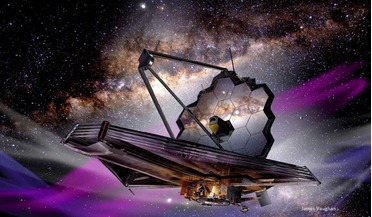 May 2022
Essential guide to the James Webb Space Telescope
May 2022
Essential guide to the James Webb Space Telescope
...extraordinary science, we cannot imagine the universe the James Webb Space Telescope is about to reveal. WST is not ‘Hubble’s Replacement’ but ‘Hubble’s Successor’, designed to build on Hubble’s rich legacy and even to work side-by-side with ...Time Observations, amounting to 3800 hours. Two projects will spend 150 hours using MIRI to explore the Hubble Ultra-Deep Field. Hubble stared at this almost empty patch of sky in the constellation Fornax for...
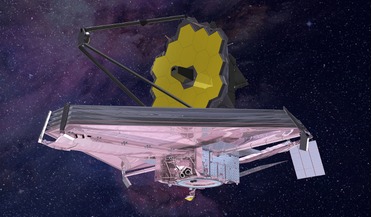 28 March 2018
Woes for Webb as the space telescope is delayed again
28 March 2018
Woes for Webb as the space telescope is delayed again
The world’s most powerful space telescope and the successor to NASA's famed Hubble Space Telescope, the James Webb Space Telescope (JWST) has had its launch date delayed again, this time until approximately May 2020. ... increases. But, do any missions lift off without a hitch? Let's not forget JWST’s predecessor, the Hubble Space Telescope. Hubble, which was the JWST of its time, was also beset by numerous technical delays and budget problems...
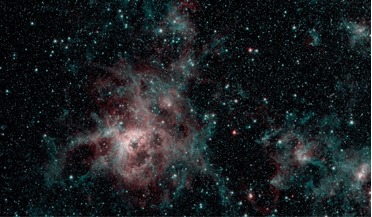 May 2020
Space astronomy at the limits of technology
May 2020
Space astronomy at the limits of technology
... the Jet Propulsion Laboratory in Pasadena, California, on 30 January 2020. My first Great Observatory was the Hubble Space Telescope (HST). I was a team member on the high resolution spectrograph, which was one of the instruments that... and mechanical assemblies, primarily in the area of electronics. It included soldering, welding, cleaning, using Mylar insulation - things like that. Our small group was tasked with defining processes and then...
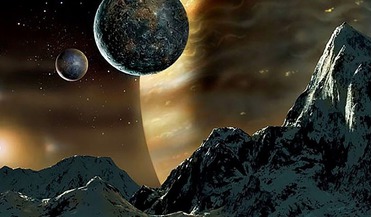 March 2016
Why We Need Space Artists
March 2016
Why We Need Space Artists
... the same sort of comments when photography was invented, when digital art became available, when the Hubble Space Telescope sent back its first amazing images of distant stars and nebulae. . . But let’s take a ... Lowell, even believed that they saw ‘canals’, dug by intelligent inhabitants to irrigate the deserts. Through telescopic observations using spectroscopes Mars was known to have an atmosphere; therefore it must have a blue sky - right? ...
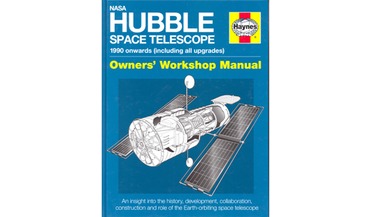 29 March 2018
NASA Hubble Space Telescope Owners’ Workshop Manual
29 March 2018
NASA Hubble Space Telescope Owners’ Workshop Manual
The Hubble Space Telescope is one the most iconic spacecraft of the entire Space Age and this Haynes Workshop Manual provides a good introduction to the science and technology involved. In... the telescope”, and a four-page abbreviations and index section which is useful for further research. Overall, a good technical companion to all those coffee-table books of Hubble images that publishers seem to love. Mark Williamson, Space Technology ...
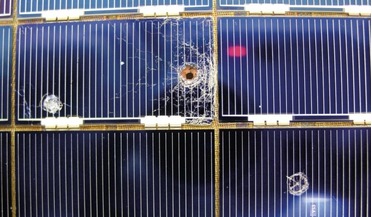 February 2021
Space archaeology - preserving our orbital heritage
February 2021
Space archaeology - preserving our orbital heritage
... other metals, both exotic and mundane. For example, Satellite Consulting Inc. proposes using space tugs (once sufficiently developed) to remove the biggest and choicest assets from the graveyard... consideration. Case study One notable space asset within the space heritage discussion is the Hubble Space Telescope (HST). Launched in 1988 aboard Space Shuttle Discovery, it is clear that the venerable space telescope has a limited future lifespan. ...
 February 2020
Preserving our space heritage
February 2020
Preserving our space heritage
...to the latter question is perhaps an easier one to address. Scientific satellites such as the Hubble Space Telescope (HST) have contributed enormously to our understanding of the universe and are surely worth preserving. ... satellites. Small particles would create impact features on our museum exhibits and, although these might be deflected using shields, collision with a large piece of debris at a closing velocity of up to 15 km/second could ...
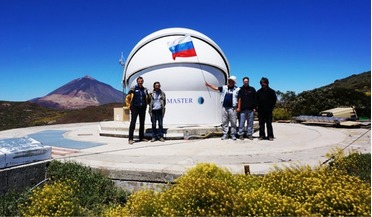 February 2017
Global robotic network for monitoring near-Earth and outer space
February 2017
Global robotic network for monitoring near-Earth and outer space
... which is 8.6 km in diameter, has an absolute magnitude of 21 and the visible light limit of the Hubble Space Telescope is 32. The angular speed of movement can reach 20-50 degrees per second. In recent years, the MASTER system... (Solar System) and space debris (near-Earth space). The software used on MASTER telescopes allows for automatic monitoring of near-Earth and outer space at all the observatories that use MASTER (Blagoveshensk, Irkutsk...
 February 2022
Revolution and responsibility: the challenges of space
February 2022
Revolution and responsibility: the challenges of space
...of the twenty-first century. Surrounded by stars - this starfield, captured by the NASA/ESA Hubble Space Telescope’s Wide Field Camera 3 and Advanced Camera for Surveys, contains the globular cluster ESO 520-21 ...surprising that the human species undertook to explore, or to conquer, what we are now used to calling ‘space’ (formerly known as ‘outer space’). And it is also not surprising that we have cherished this dream since the seventeenth century...